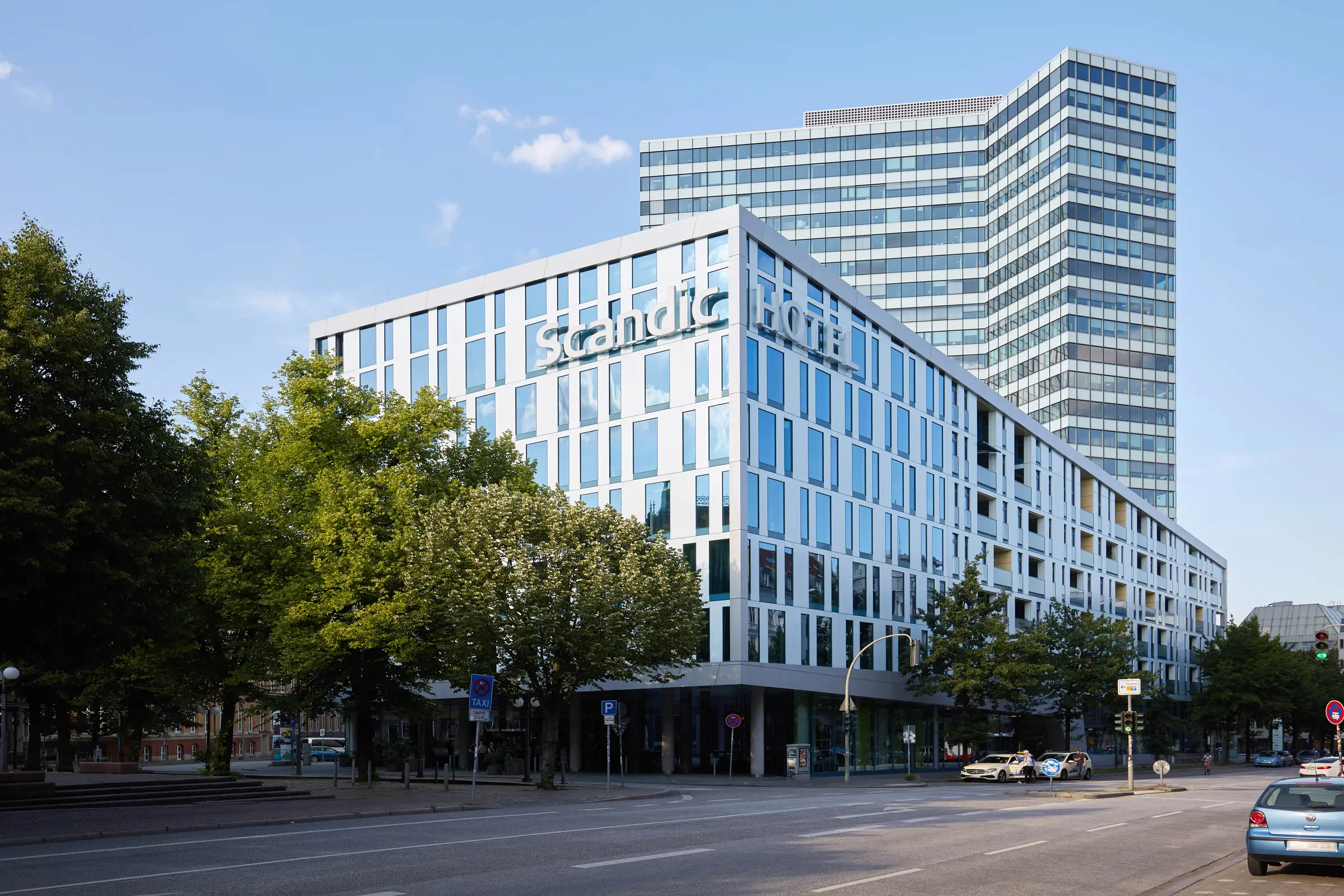Planten un Blomen
The Hamburg park is located on the site of the former fortifications at the western border to the Neustadt. The name "Planten un Blomen" comes from Low German and stands for "Plants and Flowers". The open-air garden exhibition offers, in addition to a huge park area, numerous attractions that are freely accessible at any time of the year. The total area of 47 hectares is interspersed with several small lakes and defined by the Wallgraben. Those who plan a few hours for Planten un Blomen will also discover the hidden attractions in the park, such as the Schiller Monument. In the summer months, the daily water light concerts with their colorful water displays at the park lake invite you to a picnic.
Getting there: Marseiller Str., 20355 Hamburg, Germany, S Hamburg Dammtor station
Free entry
Gängeviertel
The Gängeviertel was originally a large residential area and today embodies the artist quarter of the port city. In the 19th century, there were numerous half-timbered houses there, most of which were demolished due to poor hygiene conditions at the time. Some houses were preserved and placed under monument protection in 1953. Visitors can discover these today between street art, narrow alleys, and small courtyards in the historic ambiance on the west side of the Bäckerbreitengang. In close proximity, you will also find our Scandic Hotel in Hamburg – housed in the Emporio high-rise, it stands out as a striking building in the quarter.
Getting there: Valentinskamp 28A, 20355 Hamburg, Germany, U Gänsemarkt station
Free entry
The Nikolaifleet
In 1188, construction began on the first port facility in Hamburg's history: the Nikolaifleet (Fleet = Flow). The cradle of the world port of Hamburg is, alongside the Alsterfleet, Herrengrabenfleet, Bleichenfleet, and a small part of the Mönckedammfleet, one of the last historical Alsterfleets in the city center. In Deichstraße, the oldest preserved townhouses of the Hanseatic city are located nearby. The street, built in the 15th and 16th centuries, resembles a huge open-air exhibition. The Nikolaifleet is a must for every history enthusiast, as it is the last testimony of the original city layout.
Getting there: South of U Rödingsmarkt station
The Reeperbahn
A true classic is Hamburg's most famous district – the Reeperbahn! During the day, visitors discover well-known places in the St. Pauli entertainment district, such as Hans-Albers-Platz, or enjoy the postmodern architecture of the Dancing Towers towards the Old Elbpark. Unique in St. Pauli is the Beatles-Platz, where the world's largest walkable record is located. Stainless steel silhouettes of the band members of the world-famous music group "The Beatles" complement this square and make it unique. Even though there are usually many people in this district, you can still feel the typical atmosphere that this district exudes. The harbor is also not far from the Reeperbahn, so the unique harbor feeling is always included.
Getting there: Either S Reeperbahn or U St. Pauli station
Speicherstadt
The Speicherstadt is the largest warehouse complex in the world and should not be missed on any visit to Hamburg. It has been a protected monument since 1991 and has been officially recognized as a UNESCO World Heritage Site since July 2015. Six canals run through the beautiful Speicherstadt and invite you to linger in many corners. Other attractions include the Speicherstadt Museum, the Spice Museum, the Miniatur Wunderland, the Wasserschloss, and the traditional ship harbor.
The nearby Kontorhausviertel, also a UNESCO World Heritage Site, consists of well-known building materials such as reinforced concrete, brick, and clinker, which are used differently depending on the building and design. Various buildings, such as the characteristic Chilehaus by architect Fritz Höger, can be discovered.
Getting there: Either U

